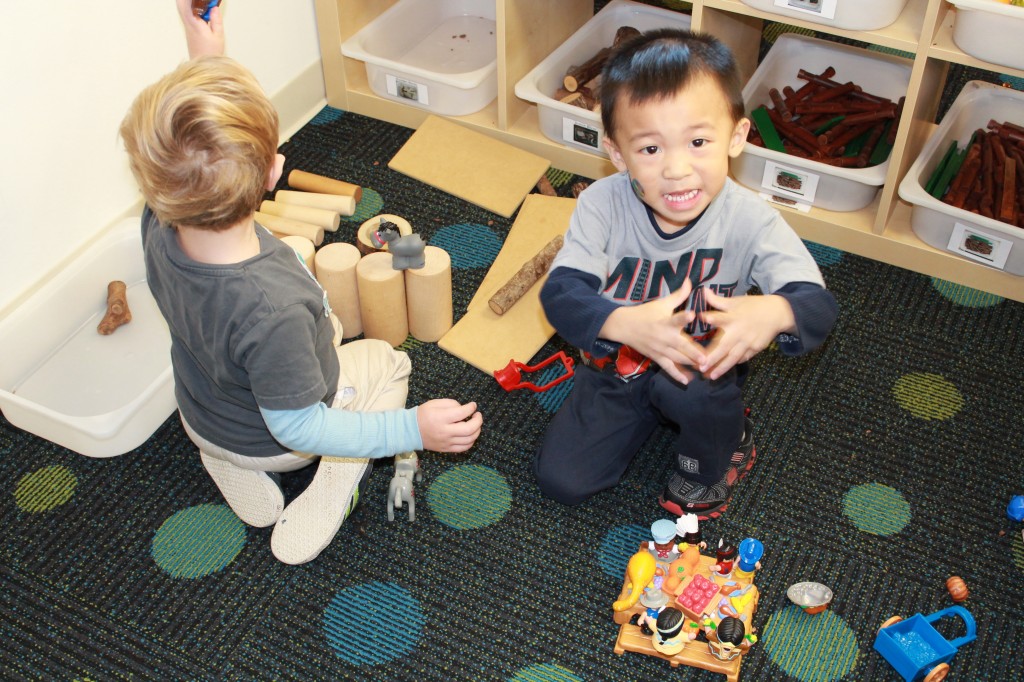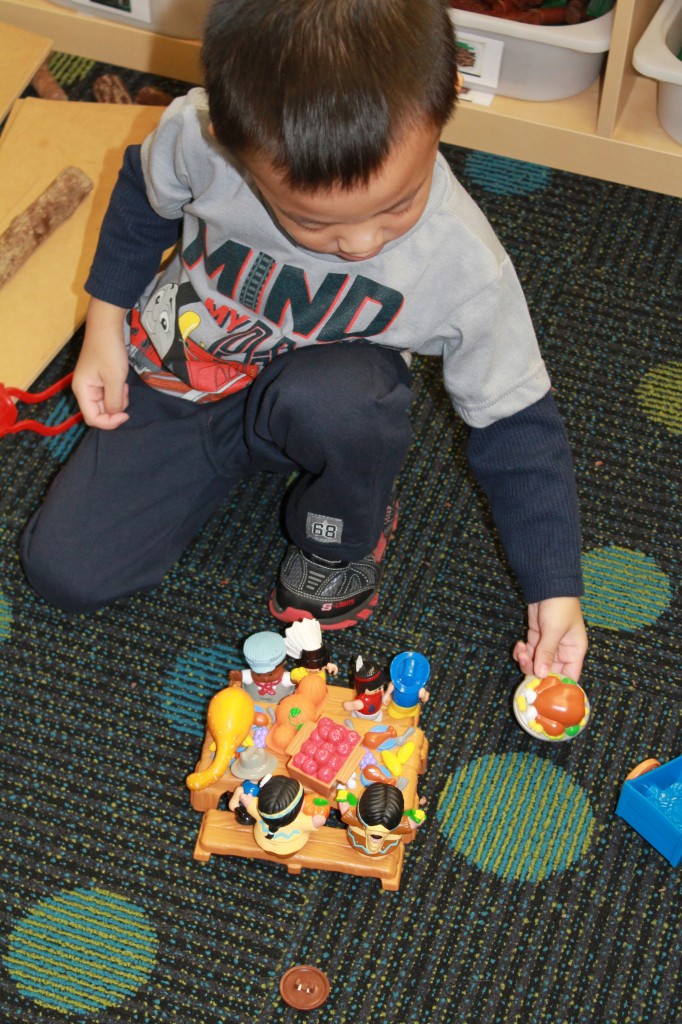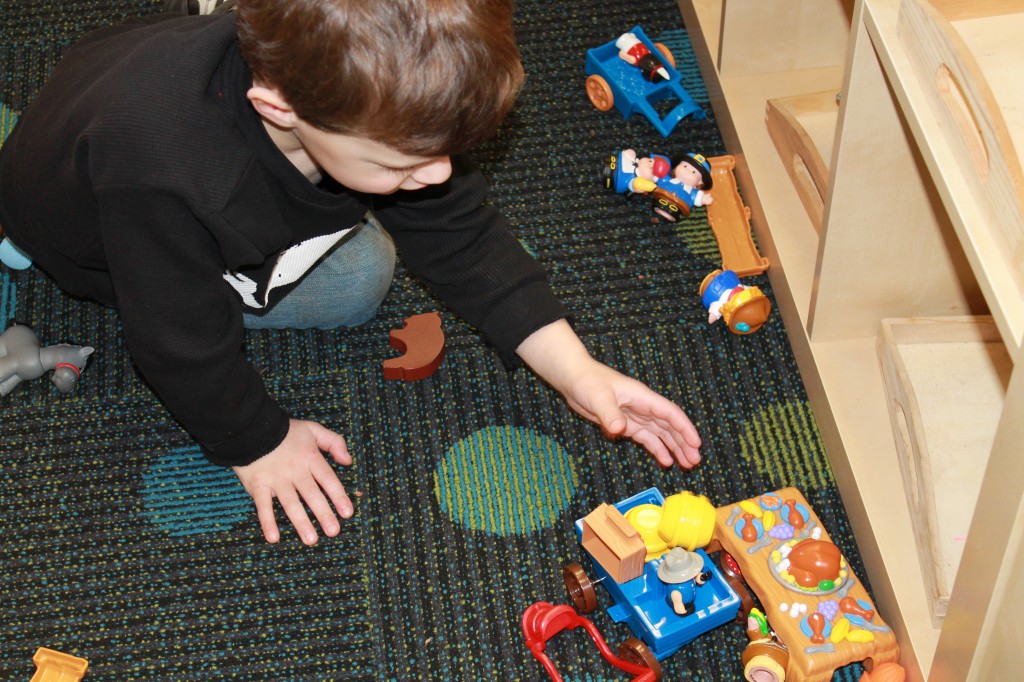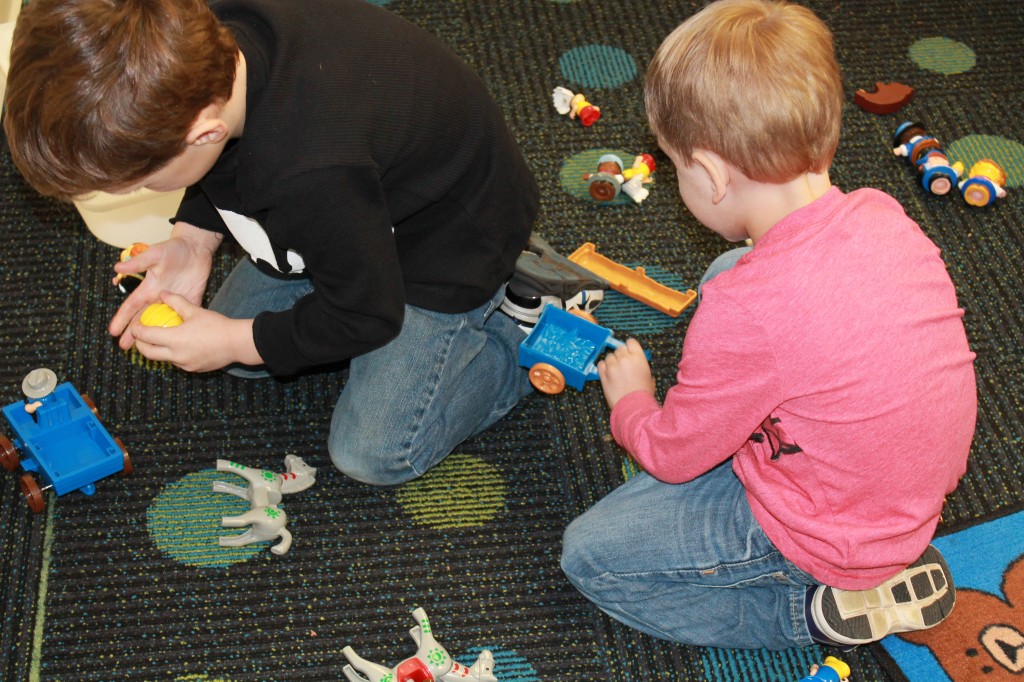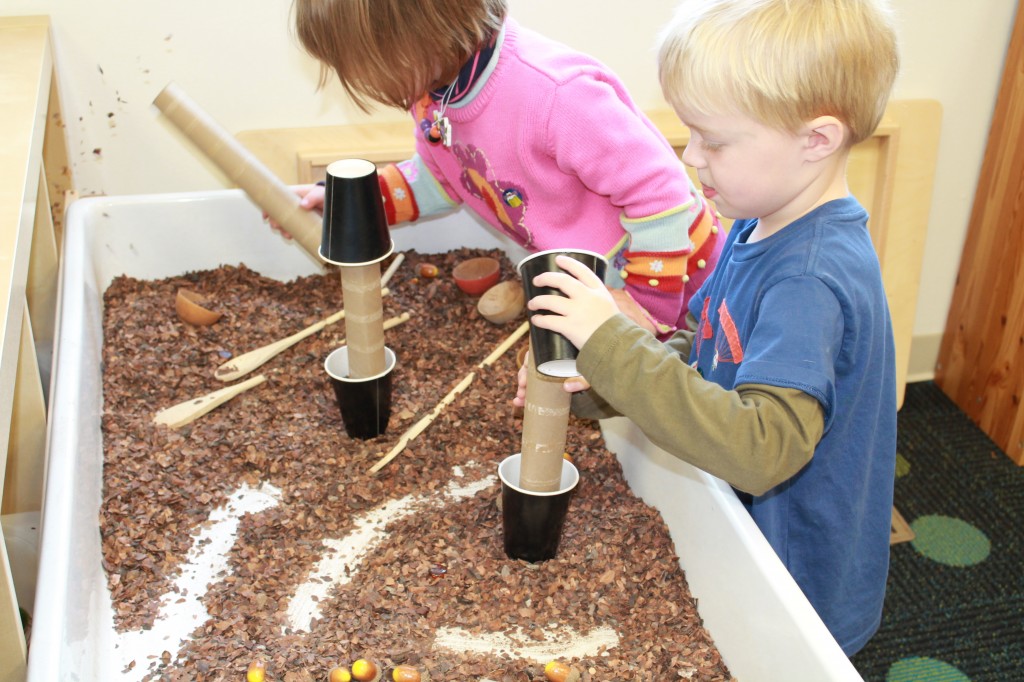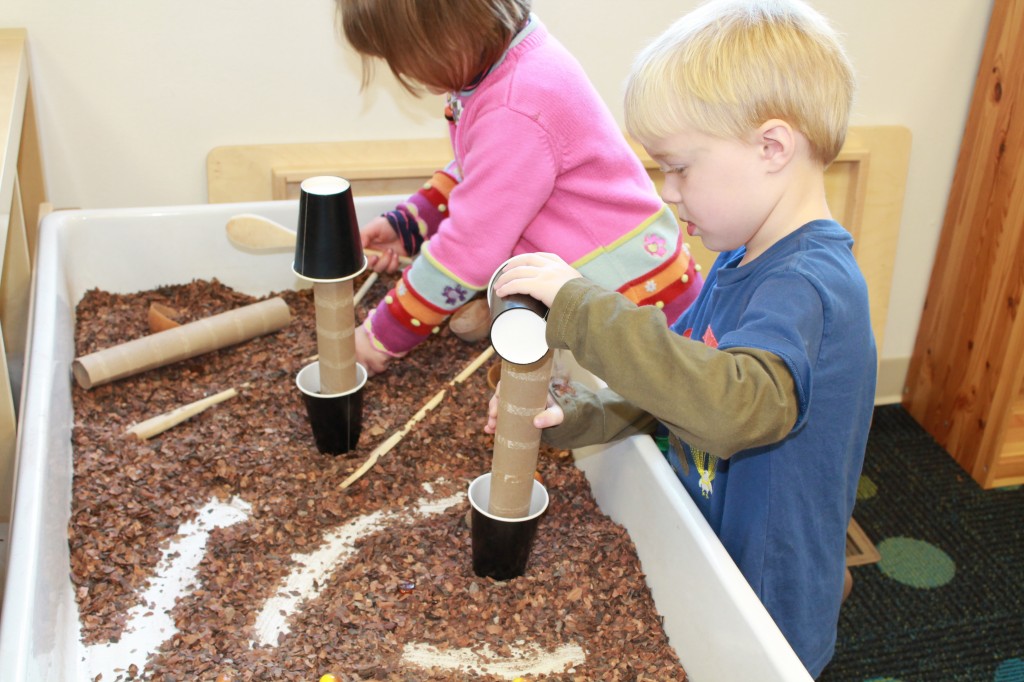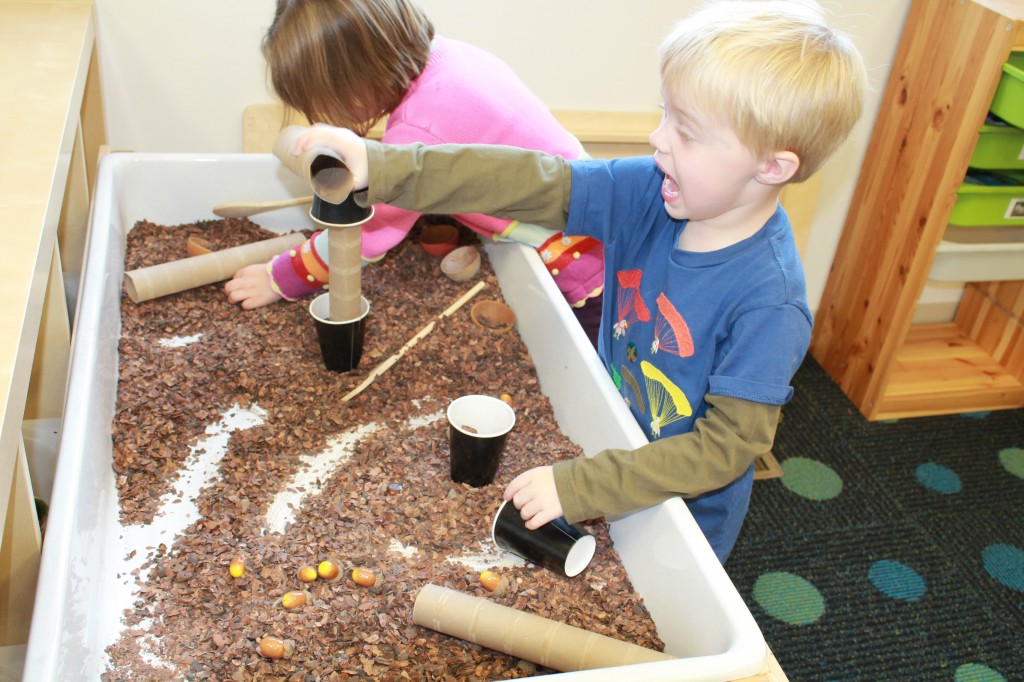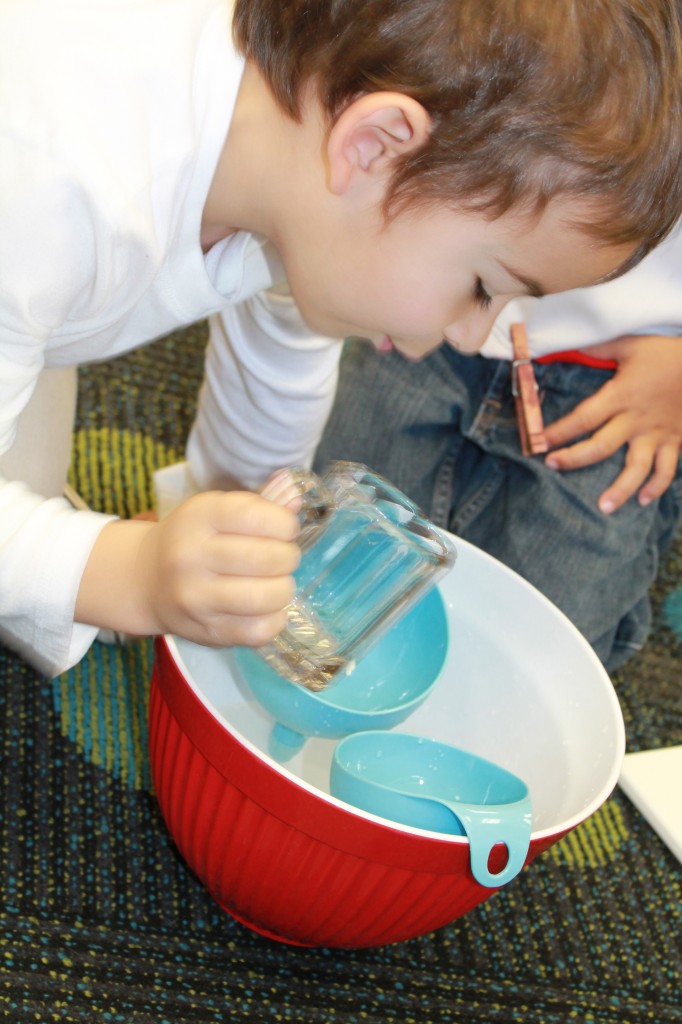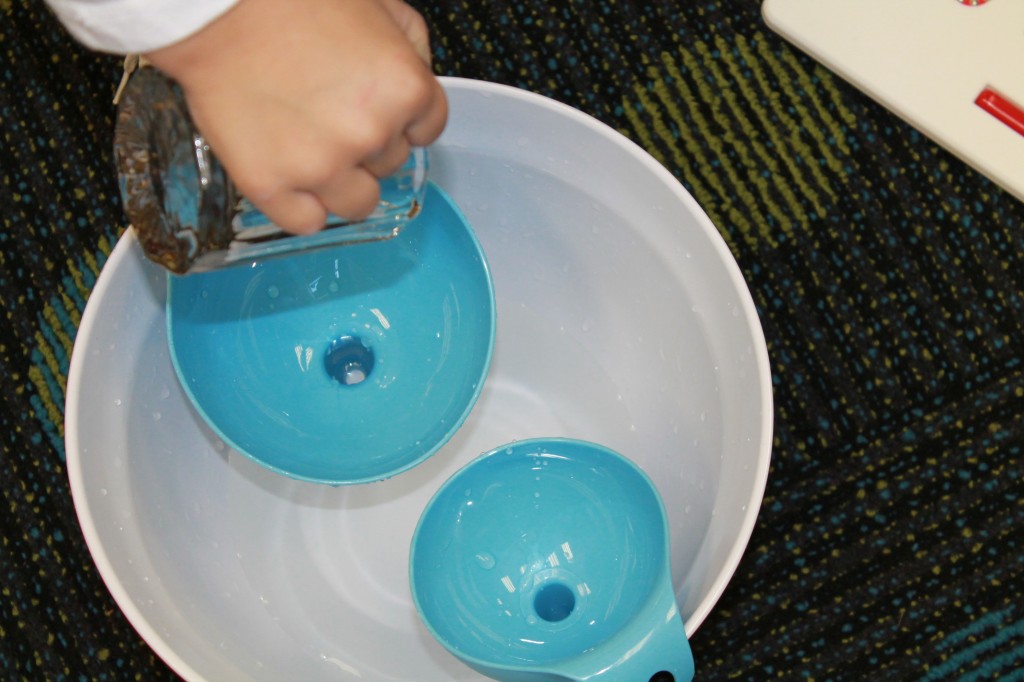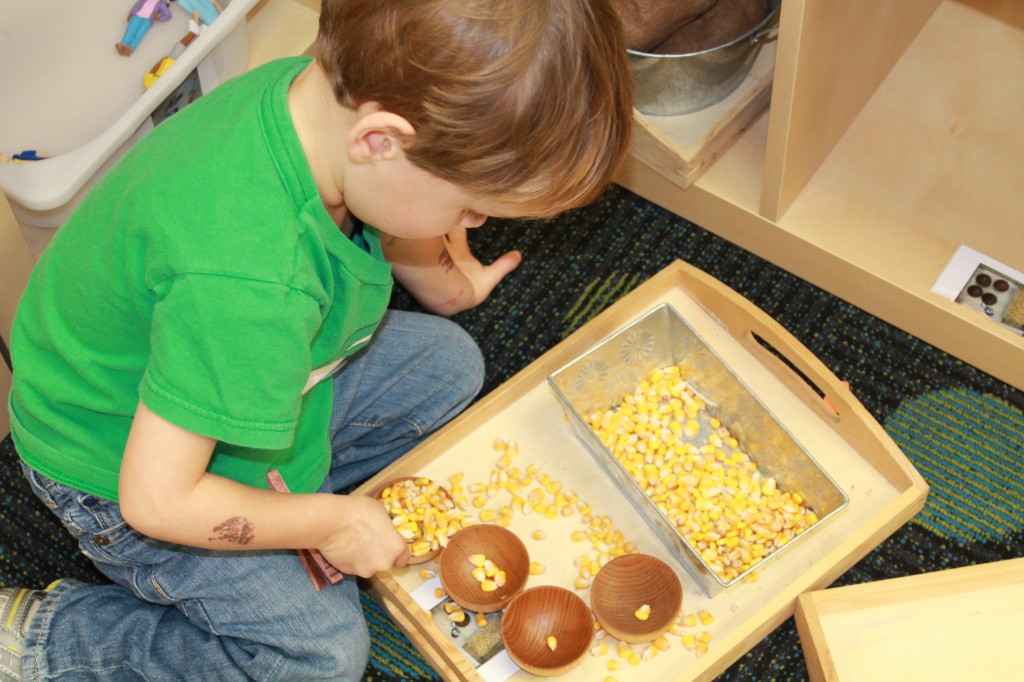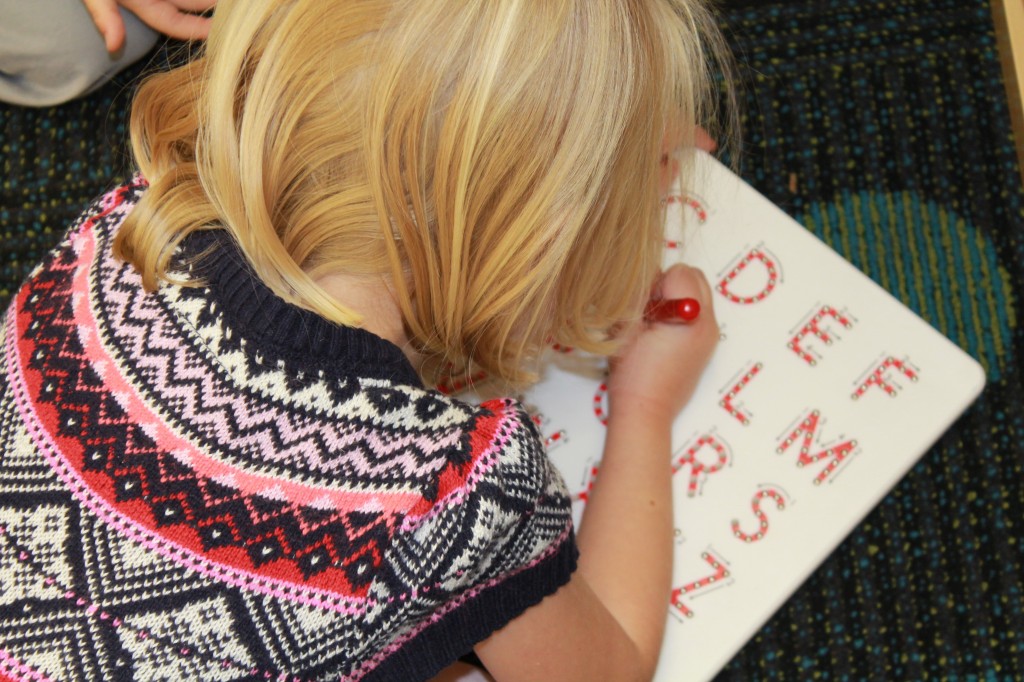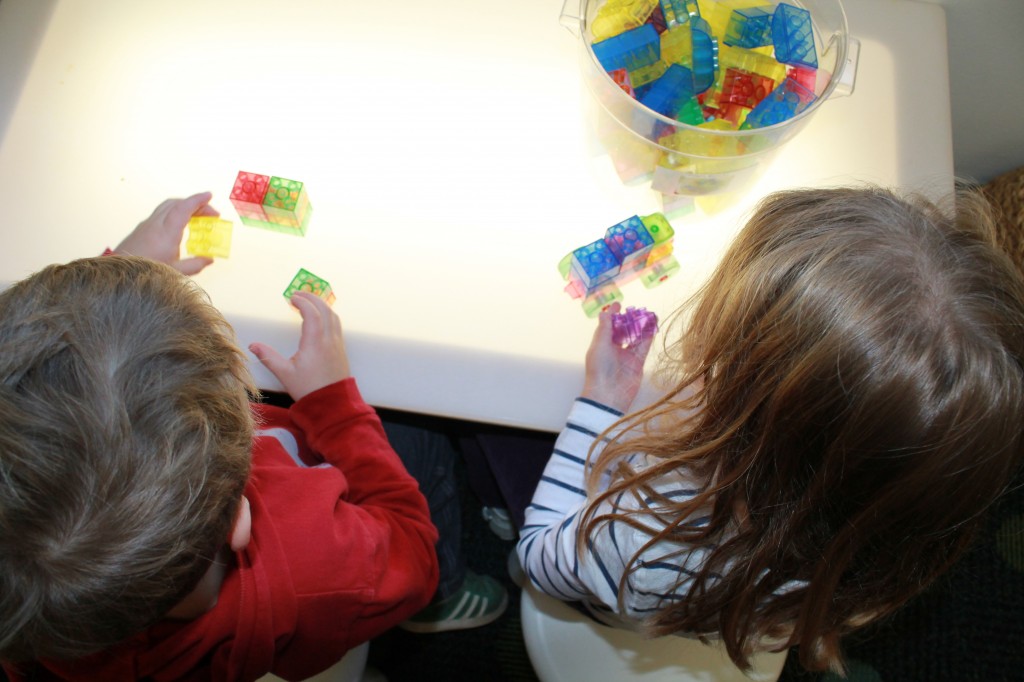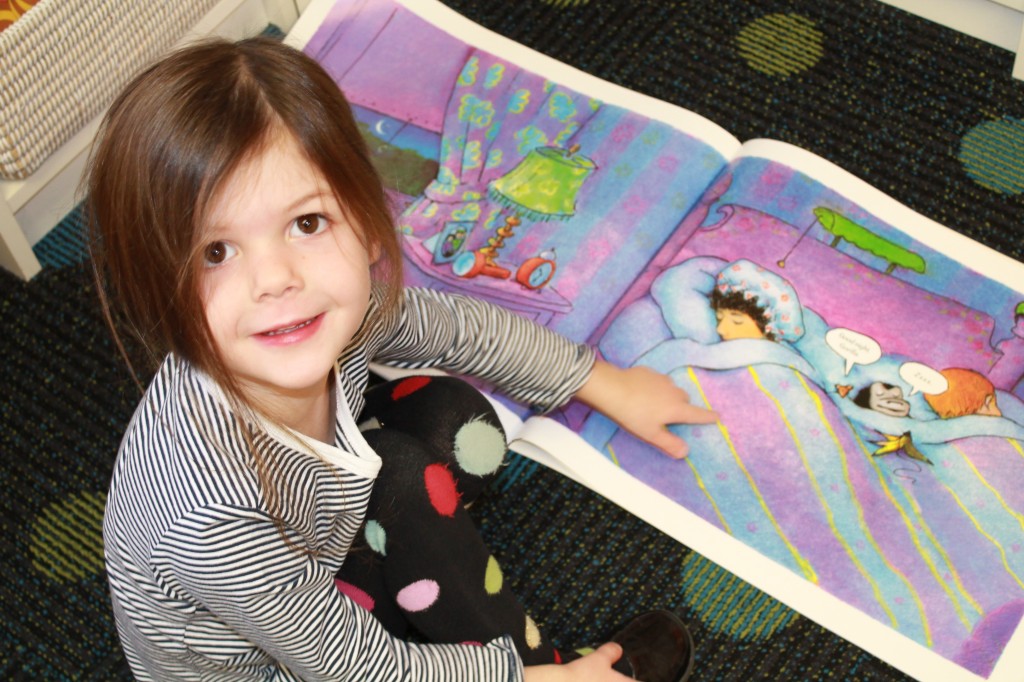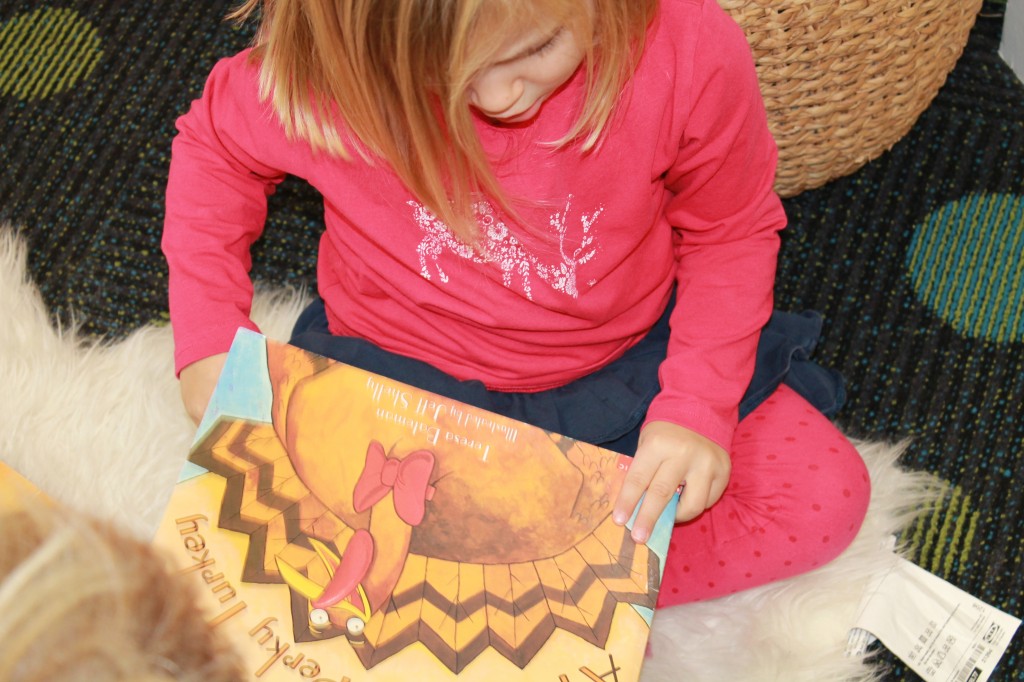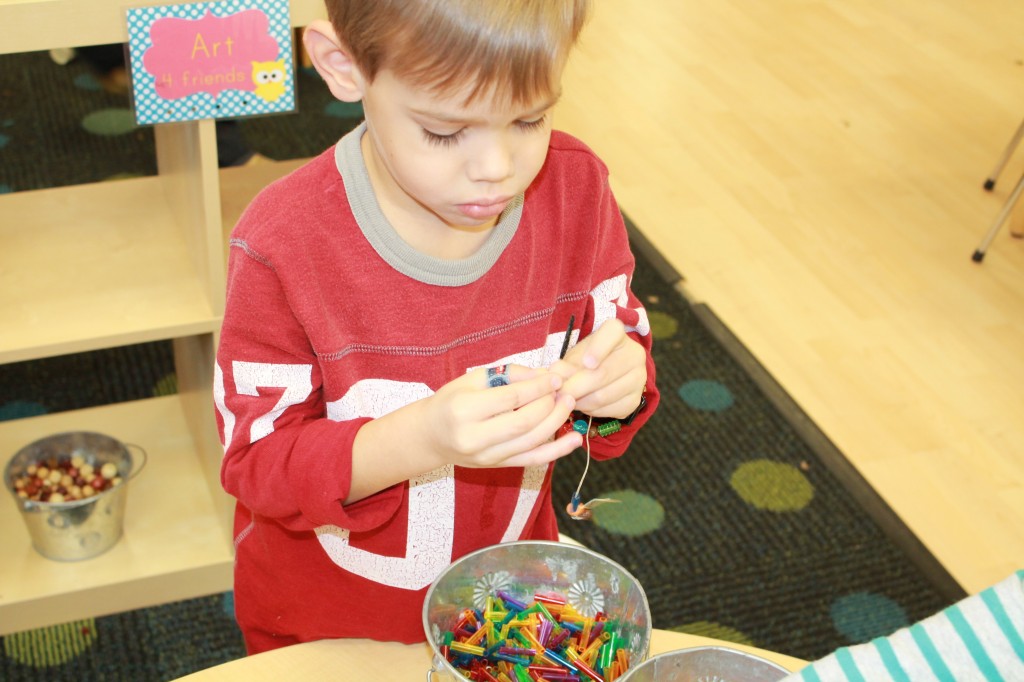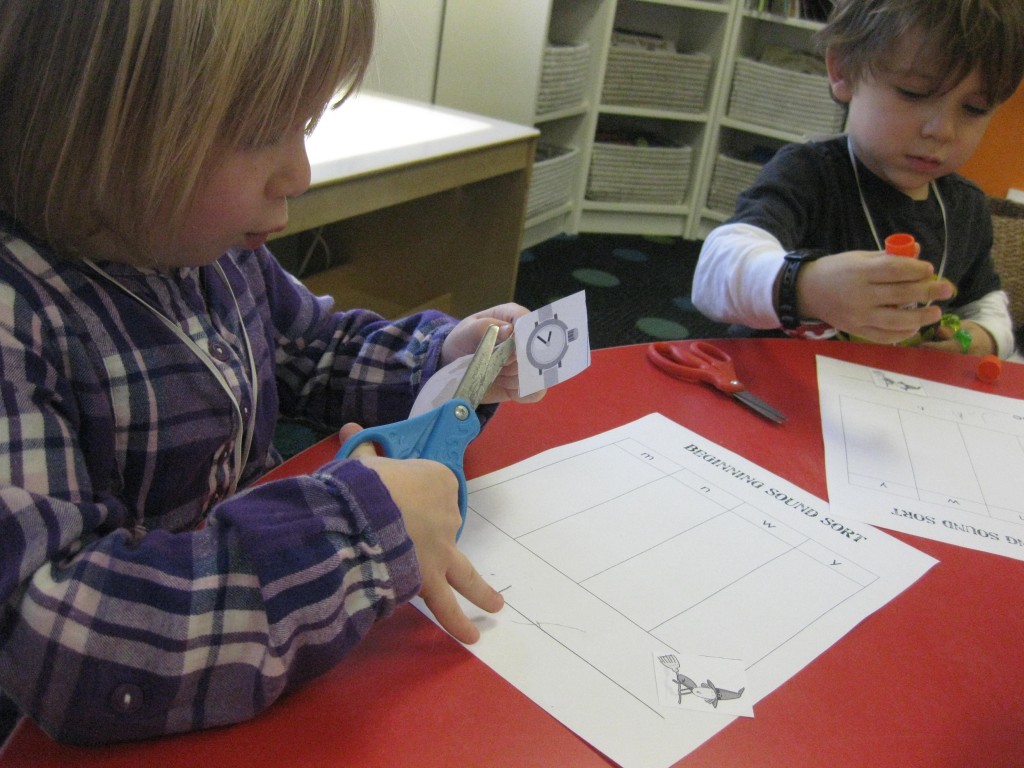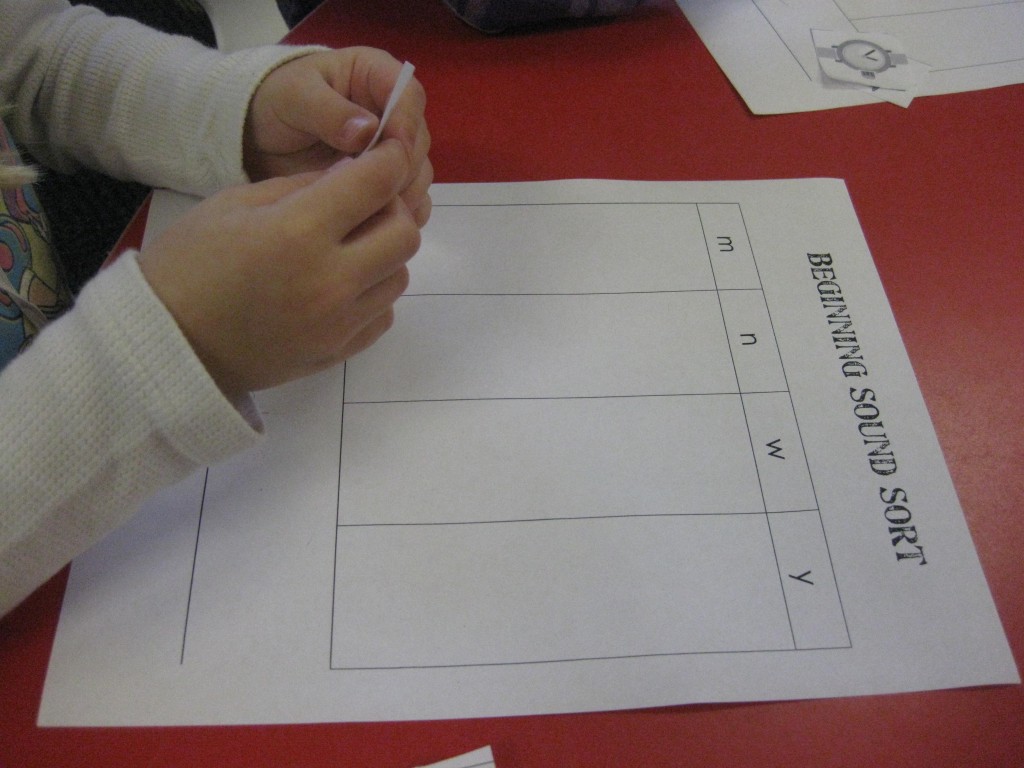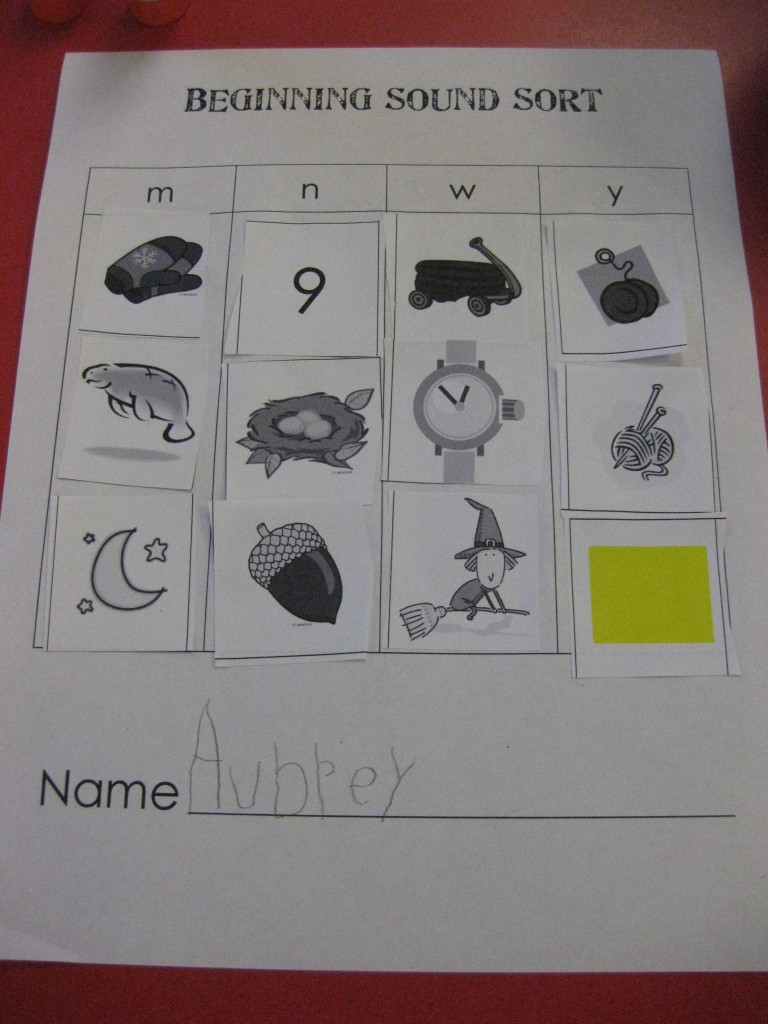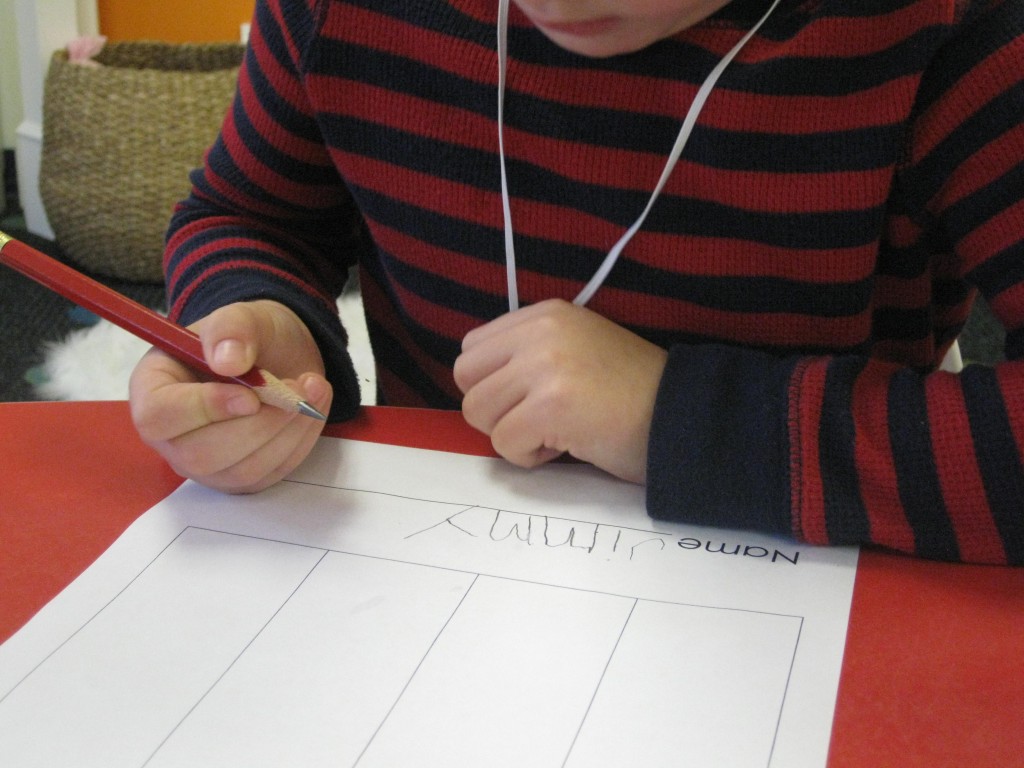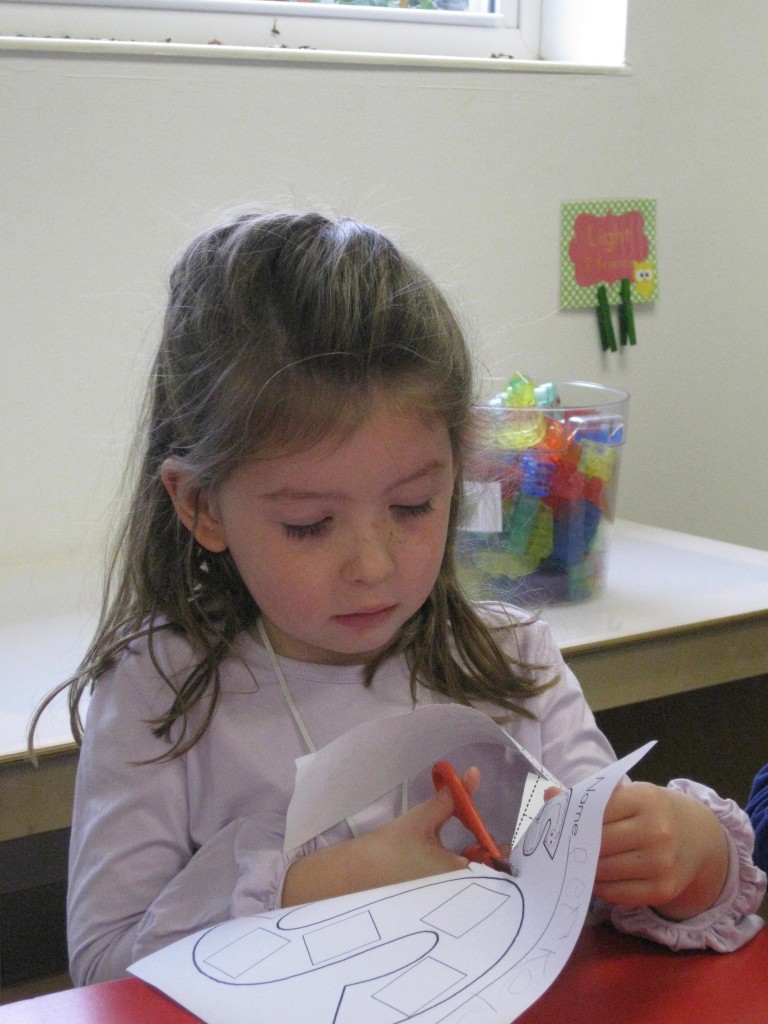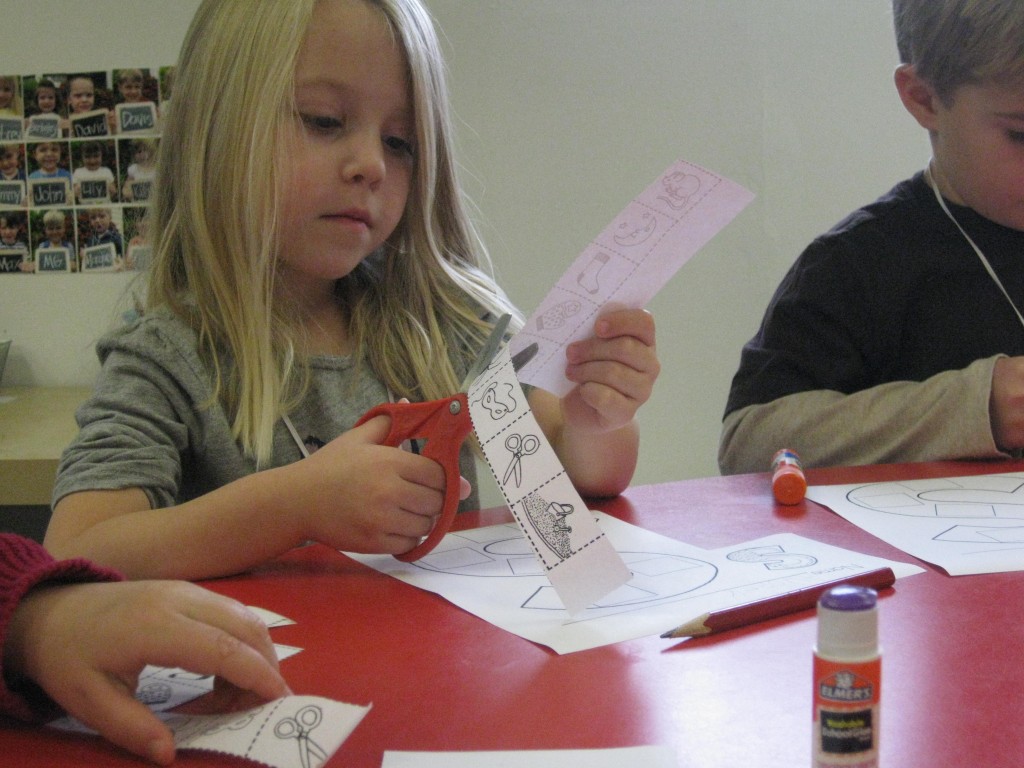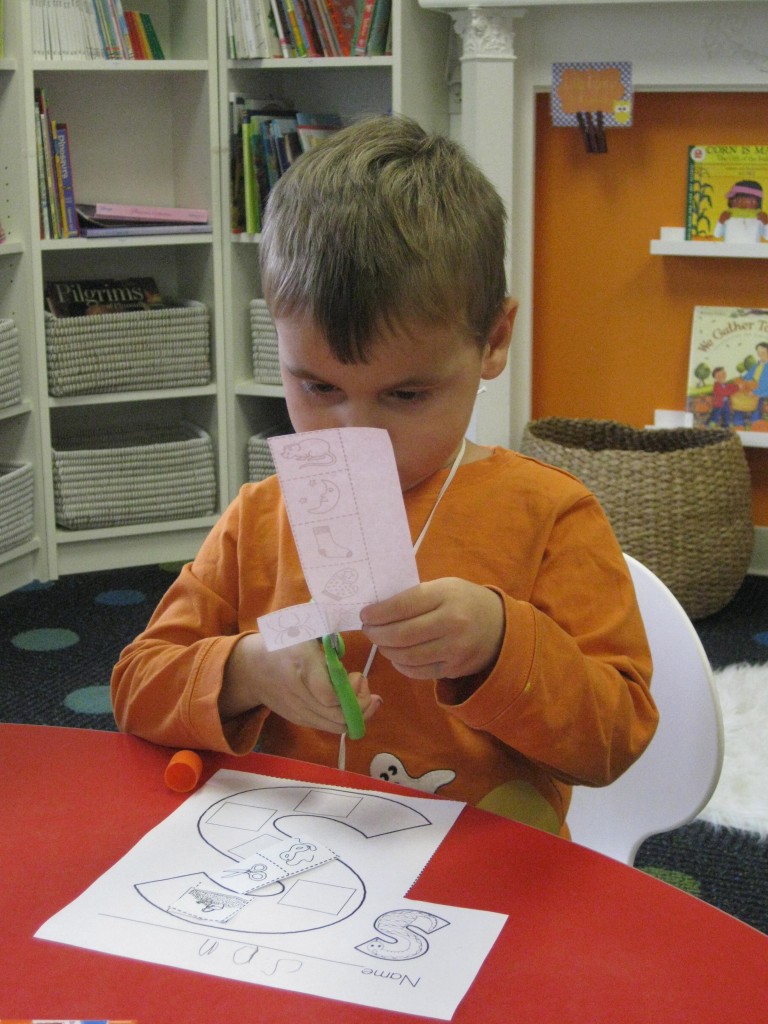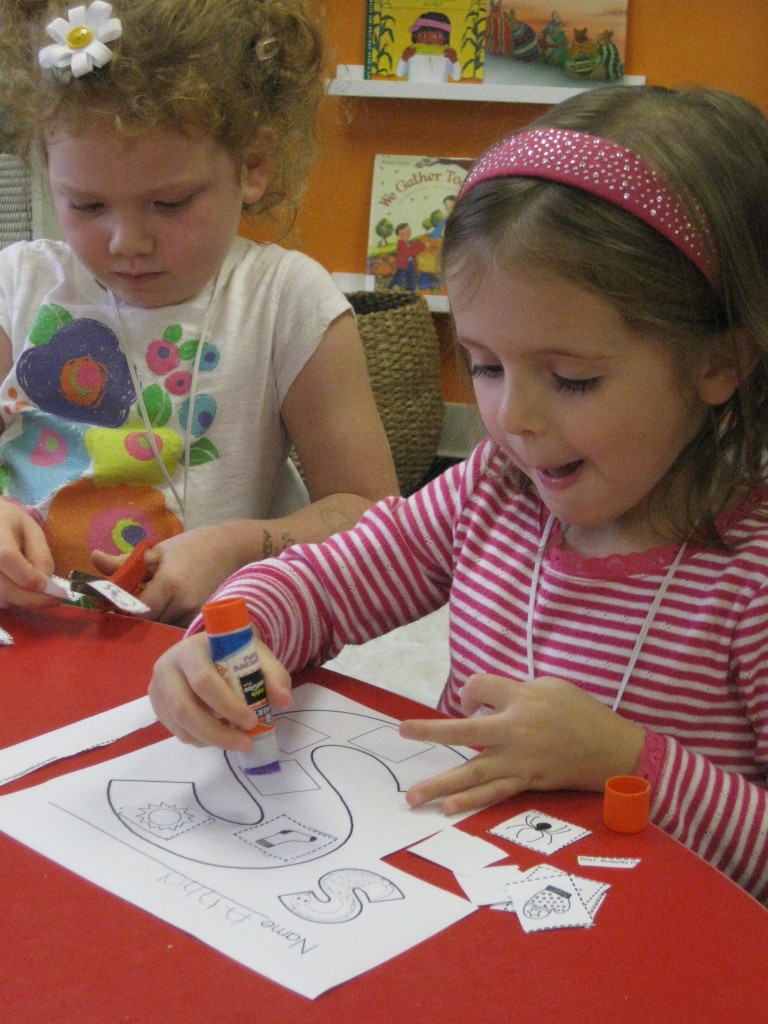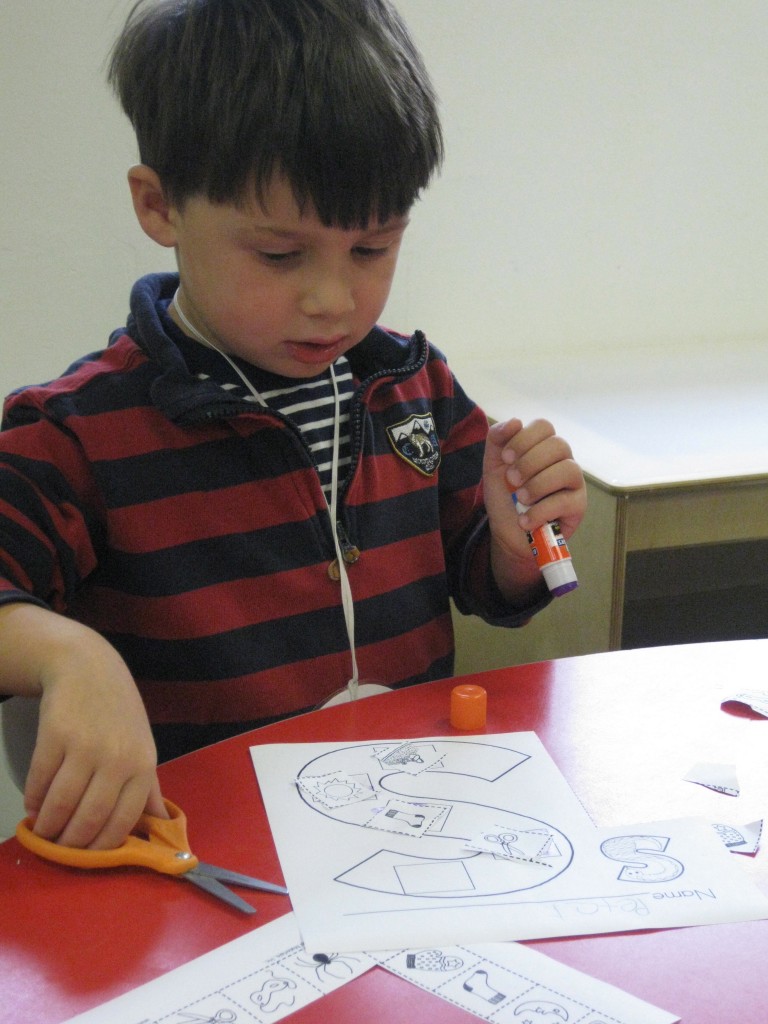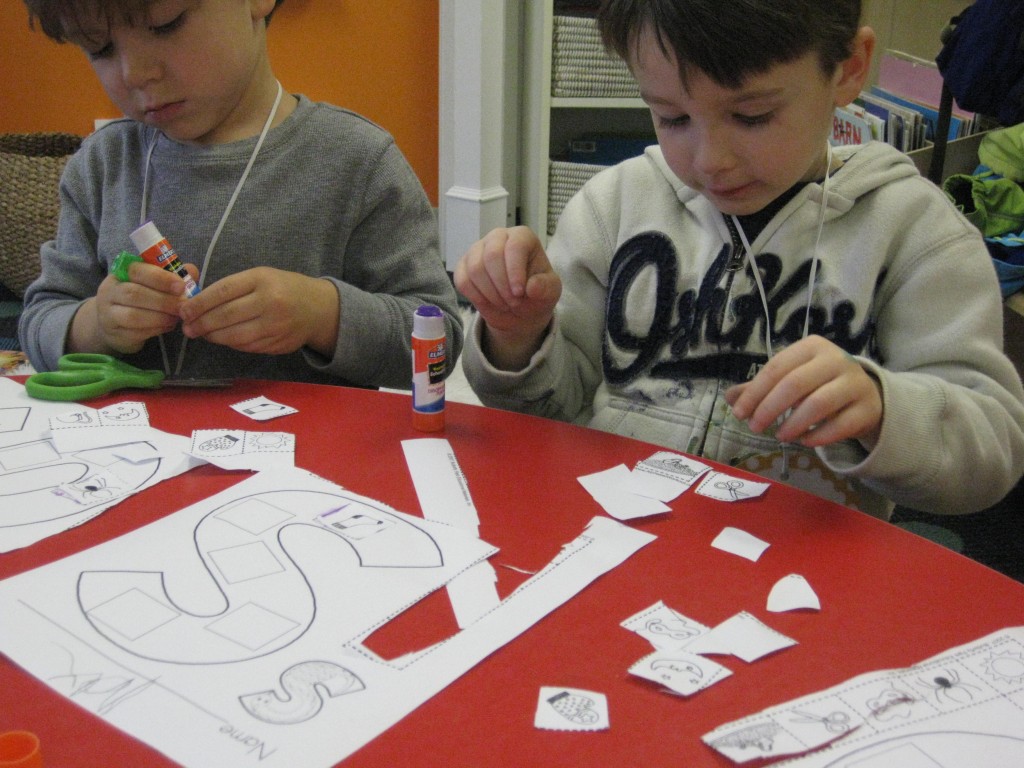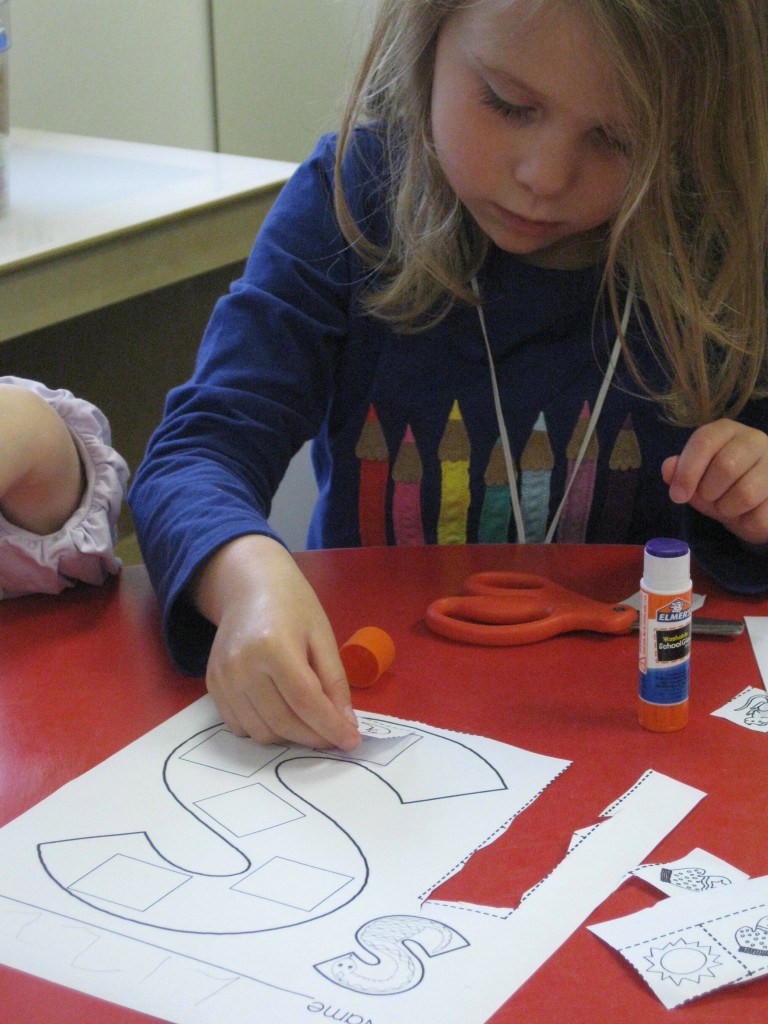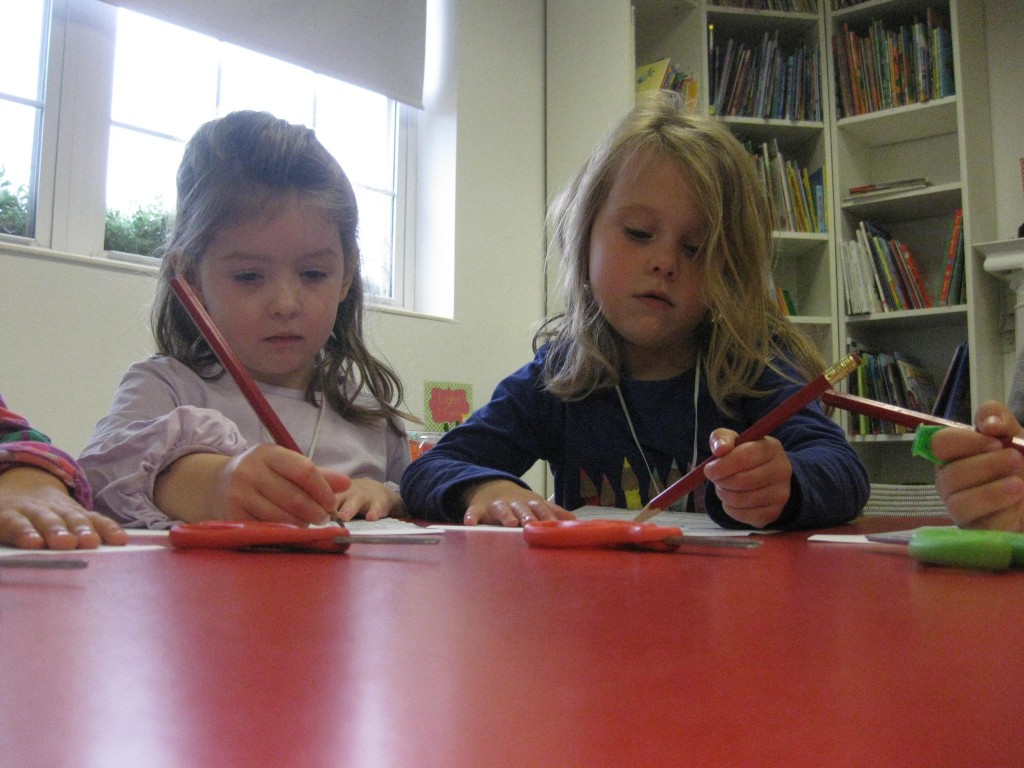Take a look at what your little one is learning by playing in our classroom centers this month!
When children build at the Block Center they explore with their imagination while recreating ‘The First Thanksgiving’. Preschoolers enjoy peer interaction through parallel play or socializing and creating with a classmate.
While exploring at the Sensory Tub children exercise problem solving skills, natural curiosity, and teamwork. Preschoolers connect real world materials with experience and senses while developing and understanding of volume and capacity. Pouring, scooping, sifting, and digging strengthen fine motor muscles as well.
Independence is the main skilled fostered at the Practical Life Skills Center. Preschoolers strengthen fine motor muscles while practicing every day life tasks such as buttoning and zipping or pouring and scrubbing vegetables. They develop hand-eye coordination and other similar skills needed as handwriting foundation. These skills will promote confidence as your little takes over more responsibility with self-help skills.
At the Light Table, children discover concepts of shape, size and spatial awareness. They exhibit motor control, coordination, and balance. Preschoolers imagine and create together at this center.
Paging through picture books in the classroom Library gives children the opportunity to tell their own story. Exposure to different types of print sparks a love for literature. “Reading” books at any age helps with comprehension even just by looking at the pictures. Letter recognition, letter sounds and the association between both concepts are developed while exploring books.
The Art Center is the place to express creativity and build a sense of accomplishment. Open-ended art activities give preschoolers the chance to explore their interests and create masterpieces all by themselves. Fine motor and planning skills are key concepts at this center. I know many of you are benefitting from beautiful, hand-crafted jewelry this month! 🙂
These are just some of our classroom centers. Ask you preschooler about their favorite center and see what they discovered playing at school!

